Kiri Bath (milk rice) is often served for breakfast in Sri Lanka. I got to know and love Sri Lankan cuisine and thus also Kiri Bath during my volunteer year in Sri Lanka in a host family a few years ago.
Unfortunately, in Germany Sri Lankan cuisine is relatively unknown. Thus, a trip to Sri Lankan cuisine is always worthwhile. Of course, you will also learn interesting things about breakfast in Sri Lanka in this post. And if you are interested to know more recipes from Sri Lanka afterwards, I highly recommend my cookbook at at the end of this article.*
Jump to RecipeSri Lankan Cuisine
Indian and international influences
Like Indian cuisine, Sri Lankan cuisine is based on rice and curry dishes. The term “curry” should not be confused with the curry powder we know. Curry means a dish made from vegetables, fish or meat that is prepared with various spices.
Typical Sri Lankan spices are fresh curry leaves, cinnamon, turmeric and fenugreek seeds. In addition, the people of Sri Lanka often season their dishes with a lot (!) of chilli.
In contrast to Indian dishes, which are often very oily, Sri Lankans cook a lot more with coconut milk. There are also more fresh salads.
Due to the island's geographic location and history, Sri Lanka's cuisine doesn't only contain Indian, but also Malay, Dutch and Portuguese influences. The well-known Sambols (spicy sauces based on chilli) for example, go back to the Malays. Part of the Dutch heritage is Lamprais, a rice dish steamed and served in a banana leaf. The Portuguese left many delicious desserts such as Bibikkan (a dark, juicy cake made from desiccated coconut, palm sugar and semolina).
Vegetarian/vegan dishes
In contrast to India, Sri Lanka is a predominantly Buddhist country. Thus, many people are vegetarians.
This is not a problem at all, as Sri Lanka is richly blessed with exotic vegetables: e.g. jackfruit, plantains, breadfruit, okra, snake cucumber, drumstick, amburella, winged bean etc. But there are also types of vegetables we know, such as potatoes, white and red cabbage, beetroot, aubergines, carrots, green beans, tomatoes, cucumbers, mushrooms, broccoli, cauliflower, peppers, pumpkins, leeks, radishes, etc.
Legumes such as lentils and chickpeas are also regularly on the menu.
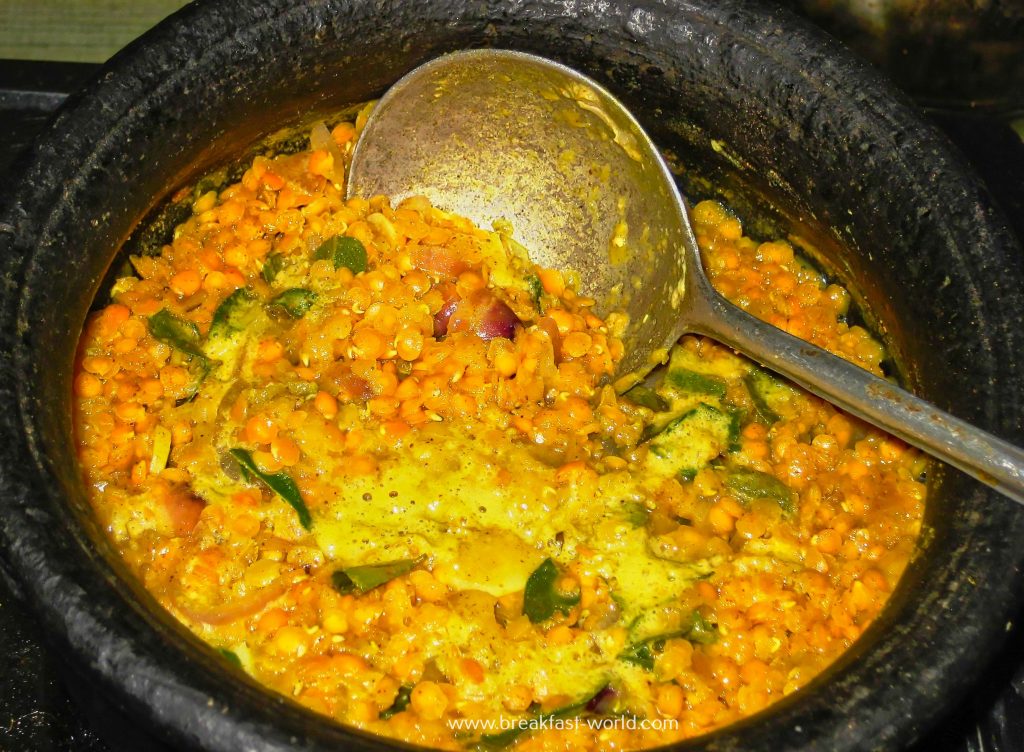
Sri Lankan cuisine is also an absolute dream for vegans, as most dishes are cooked with coconut milk. Furthermore, the people of Sri Lanka prepare many excellent curries with vegetarian soy meat.
Fish/Meat
Due to Sri Lanka's geographical location, fish curries are of course very popular. Especially Tuna and Seer (Spanish mackerel) are delicious.
Meat curries are less popular in Sri Lanka as Muslims do not eat pork and Hindus do not eat beef. Poultry is usually used as an alternative to pork and beef. In this case, however, the whole chicken, which has been cut several times, comes straight into the pot. During my time in Sri Lanka, I had to laboriously put bones and skin aside. At the end there was hardly any meat on the plate ...
Rice table
At every meal there is a big portion of rice on the table. Widespread are white (polished) rice or the healthier variant, red rice. At least three to four different curries as well as Pickles, Chutneys, Sambols and Papadam (a "cracker" made from lentil or chickpea flour) are served. The curries and side dishes are placed on plates or bowls around the rice. You can take whatever and as much as you want. By the way, people eat with their hands, preferably with the right - since the left hand is considered to be dirty.
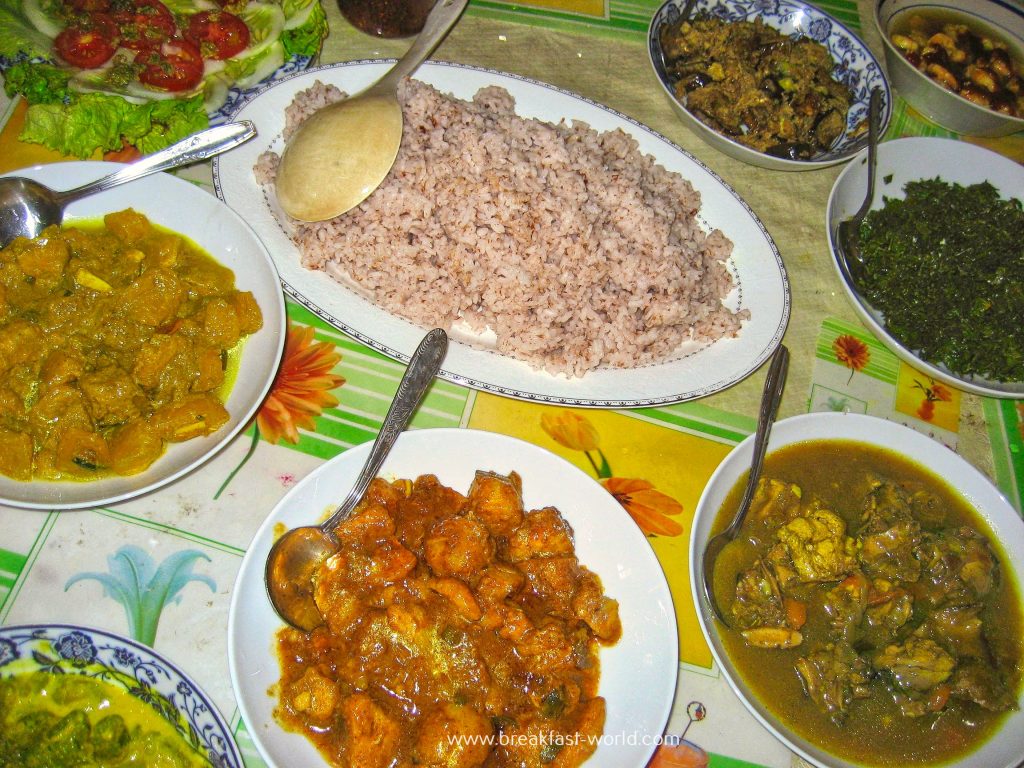
Short Eats
If you feel hungry in between, you can easily skip the time until the next main meal with a Short Eats (snack). Short Eats are sold from morning to night in every bakery and street stalls.
Very popular are Roti (triangular or square folded pancakes), which are optionally filled with egg, vegetables, fish or beef. Just as popular are Buns (bread rolls made from yeast dough filled with vegetables, fish or meat):

Typical short eats are also Rolls (fried fish or meatballs with a crispy breading) and Pastries (also called: Patties . These are shortcrust pies with a filling of vegetables, fish or meat:
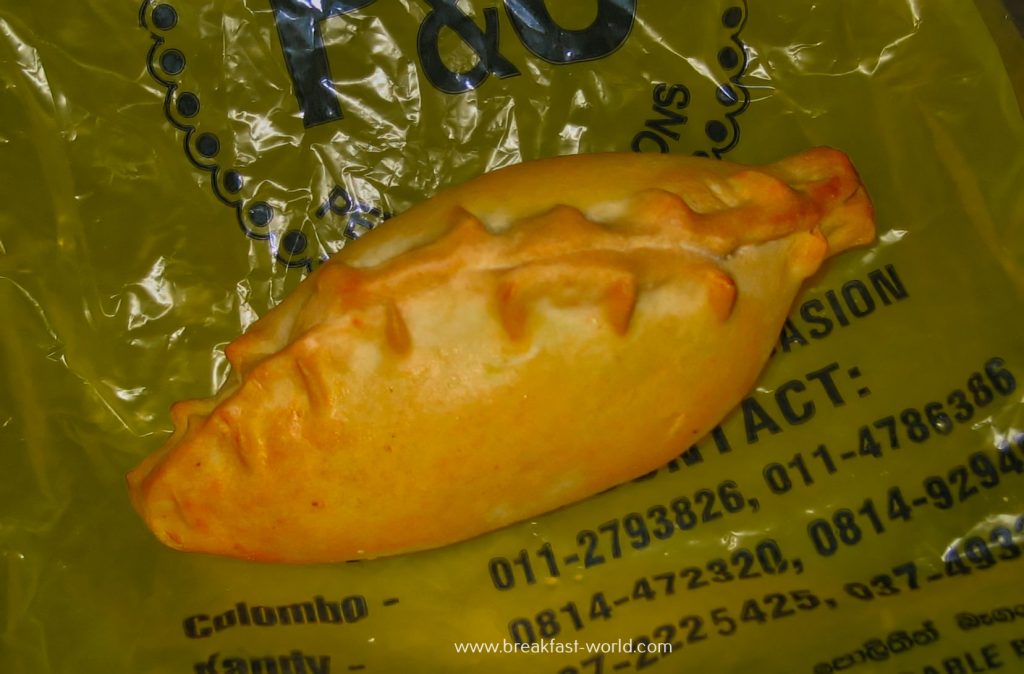
Sri Lankan Breakfast
Breakfast in Sri Lanka is diverse and very tasty!
Fruit Salad
Since Sri Lanka is richly blessed with exotic fruits (pineapple, papaya, banana, melon, mango, rambutan, mangosteen, guava, etc.), a fresh fruit salad is ideal for breakfast:

Hopper
Often Hopper (Appa) are served for breakfast. Hopper are thin, crispy pancakes (comparable to crêpes) made from rice flour, which have the shape of a ball:

If you fry a fried egg in the middle of the hopper during the baking process, you get what is known as an Egg Hopper. Spicy Sambols are served as a side dish.
String Hopper
String Hopper are also made of rice flour, but look like little tangled balls of wool or bird nests. The dough is pressed through a kind of “pasta” or “potato press” and then steamed over hot water for a few minutes. Spicy sambols go perfectly well with string hopper.
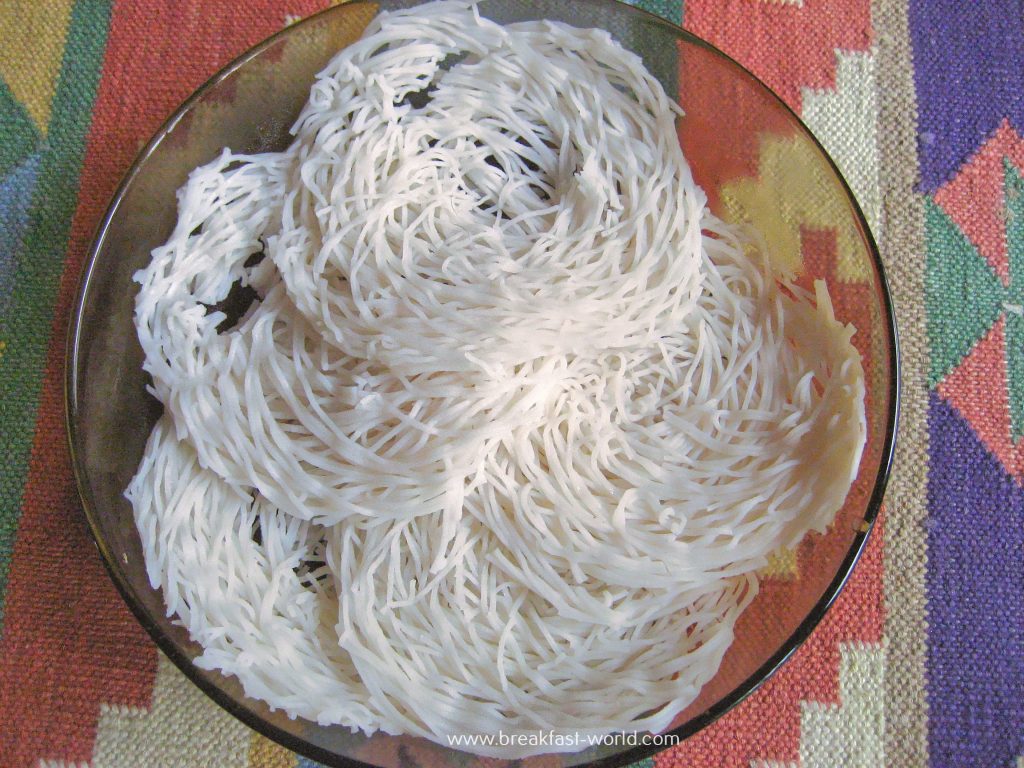
Pol Roti
Pol Roti is a flatbread made from flour and grated coconut. It tastes good with spicy sambols as well as with jam and fresh fruit (e.g. sliced banana).

Kiri Bath
Today I'll tell you the recipe for my favorite Sri Lankan breakfast: Kiri Bath. This is milk rice cooked with coconut milk. Unlike our rice pudding, Kiri Bath is unsweetened. Salt and - if you like - some cinnamon and cardamom are used for seasoning. Sri Lankans prefer to eat Kiri Bath for on New Year and birthdays. The rice is spread on a platter, smoothed out and cut lozenged. Kiri Bath is served with spicy sambols in Sri Lanka.
For Kiri Bath you can use normal white (milk) rice. In Sri Lanka, Kiri Bath is just as often cooked with red rice. The red rice from Sri Lanka tastes a little stronger and contains more fiber, thus it is healthier. At the photo, my host mum had used white rice:

I made the recipe with red rice from Sri Lanka. You can get red rice in grocery stores that specialize in Indian foods, such as Spicelands in Frankfurt.
Thus, I hope you feel like learning more about Sri Lankan cuisine and of course trying the following recipe for Kiri Bath .
* If you interested to know more recipes from Sri Lanka, I recommend my cookbook: Lakmali's original rice and curry dishes - an excursion into the cuisine and culture of Sri Lanka.By the way, Lakmali is the name of my host mum during my time in Sri Lanka. She taught me to cook all the delicious typical Sri Lankan dishes. I have published Lakmali's original recipes as well as a lot of exciting background information and personal experiences from my time in Sri Lanka in this book. Of course, the following recipe for Kiri Bath also comes from Lakmali.
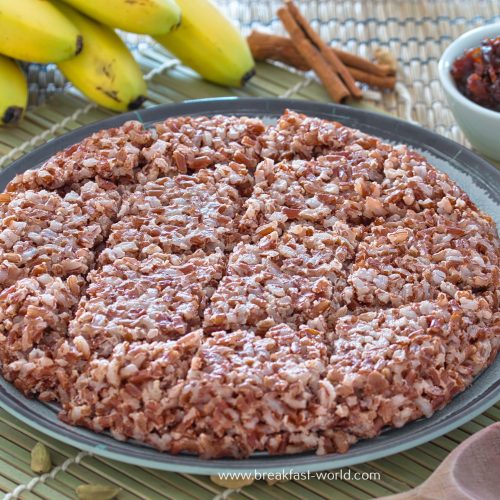
Kiri Bath
Zutaten
- 250 g Rice e.g. white or red rice from Sri Lanka, alternatively milk rice
- 350 ml water
- 250 ml coconut milk
- 1 tsp. salt
- 1 piece cinnamon (optional)
- 3 capsules cardamom (optional)
Anleitungen
- Bring rice to the boil with salt, cardamom, cinnamon and water.
- Reduce heat and simmer until the liquid has almost completely evaporated.
- Add coconut milk, bring to the boil again and - on low heat - simmer until the liquid is absorbed (approx. 20 - 25 min.). Stir regularly.
- Place the rice pudding on a serving plate and smooth it out (approx. 1.5 cm) with a spoon or knife. Cut into diamonds (5 cm x 5 cm) and serve warm, preferably with sambols, pickles, chutney or similar.
Notizen
If you like this post, I look forward to a rating (star bar) or a nice comment!
Thanks a lot!
Perhaps you would also like to subscribe to my page. If so you will be regularly informed about new posts.

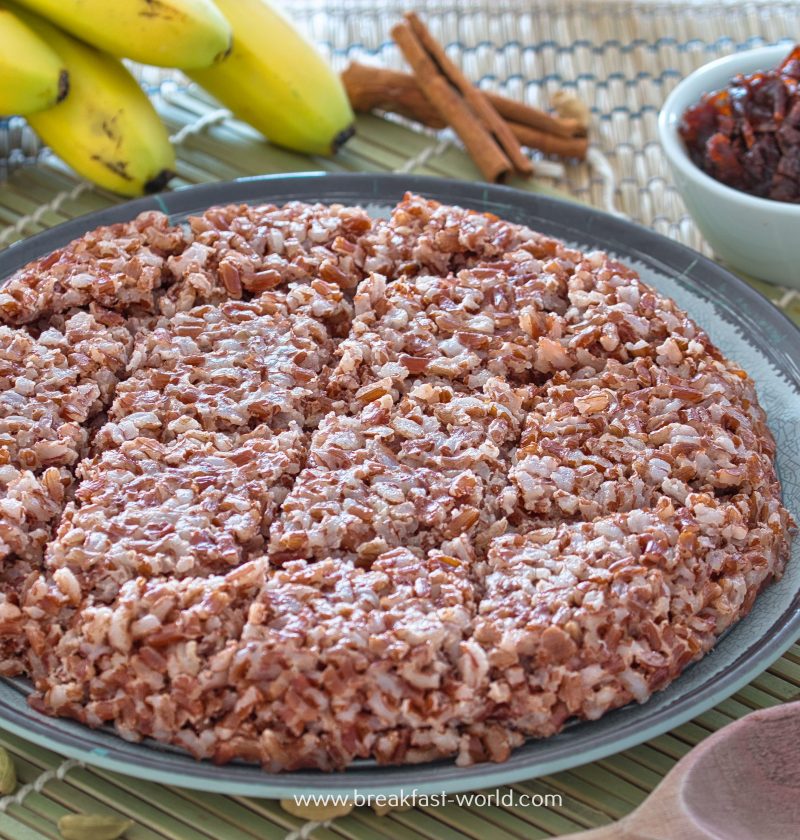

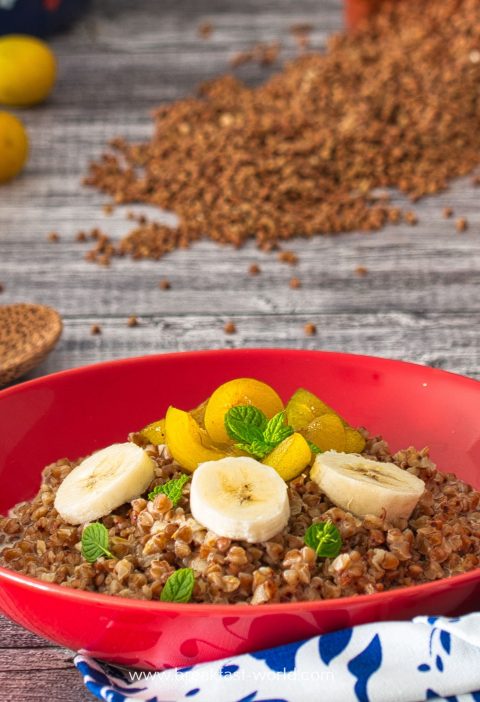
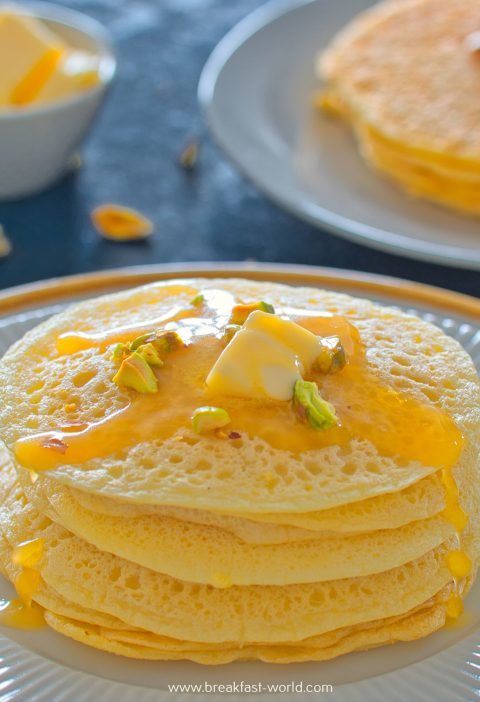
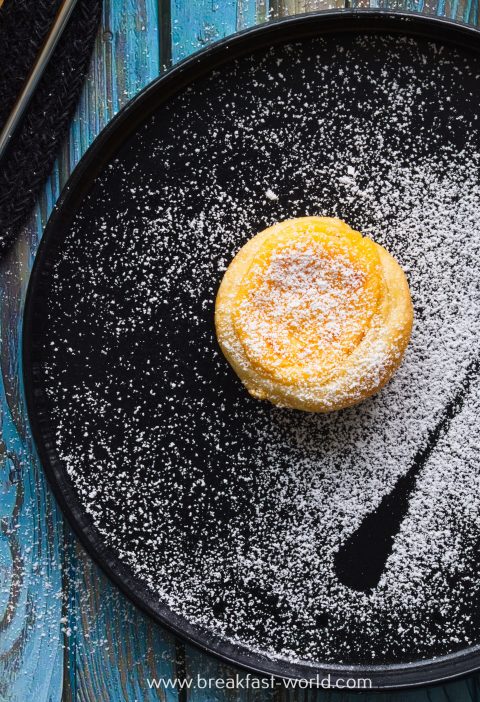
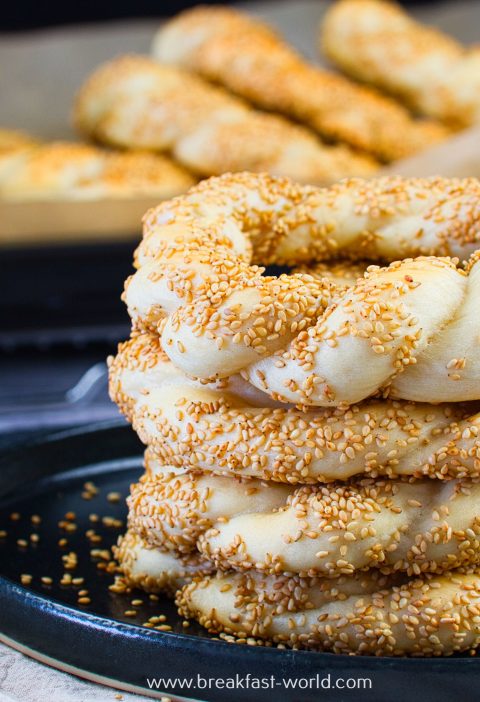

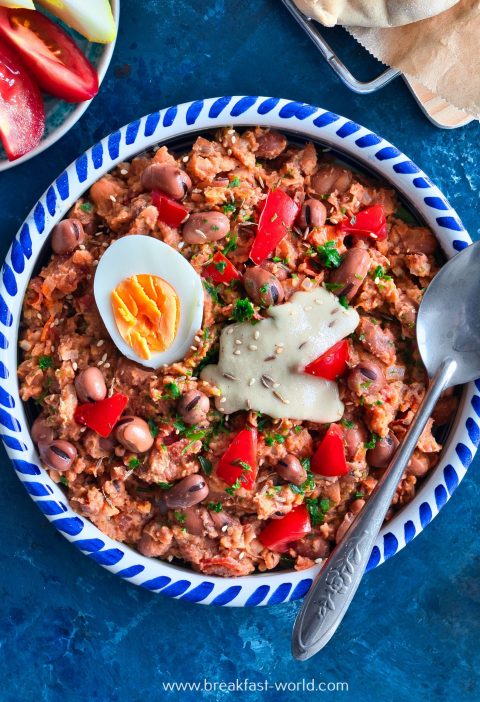
Wow, das klingt alles super-lecker und dabei noch so viele Hintergrundinformationen.
Danke für die vielen Ideen. 🙂
Vielen Dank für das tolle Feedback liebe Sandra!
I am continually looking online for tips that can facilitate me. Thank you!
This is really interesting, You are a very skilled blogger. I’ve joined your feed and look forward to seeking more of your wonderful post. Also, I have shared your site in my social networks!
Wow! This could be one particular of the most useful blogs We’ve ever arrive across on this subject. Basically Excellent. I am also an expert in this topic so I can understand your effort.
My brother suggested I might like this web site. He was totally right. This put up actually made my day. You can not believe simply how so much time I had spent for this information! Thank you!
Hallo, mein Sohn hat Sri Lanka im Dezember besucht. Er ist begeistert. Dein Kochbuch habe ich bestellt und hoffe dass es ihm hilft, seine Sehnsucht zu stillen. 😊
Hallo Ruth, das freut mich sehr!!! Viel Spaß beim Kochen und Genießen!
Genau das, was ich gesucht habe (speziell Kiri Bath Infos). Auch alles andere authentisch. Hilfreich. Danke.
Hallo Reefcomber,
das freut mich sehr!!! Vielen Dank fü Dein tolles Feedback!
LG
Christina